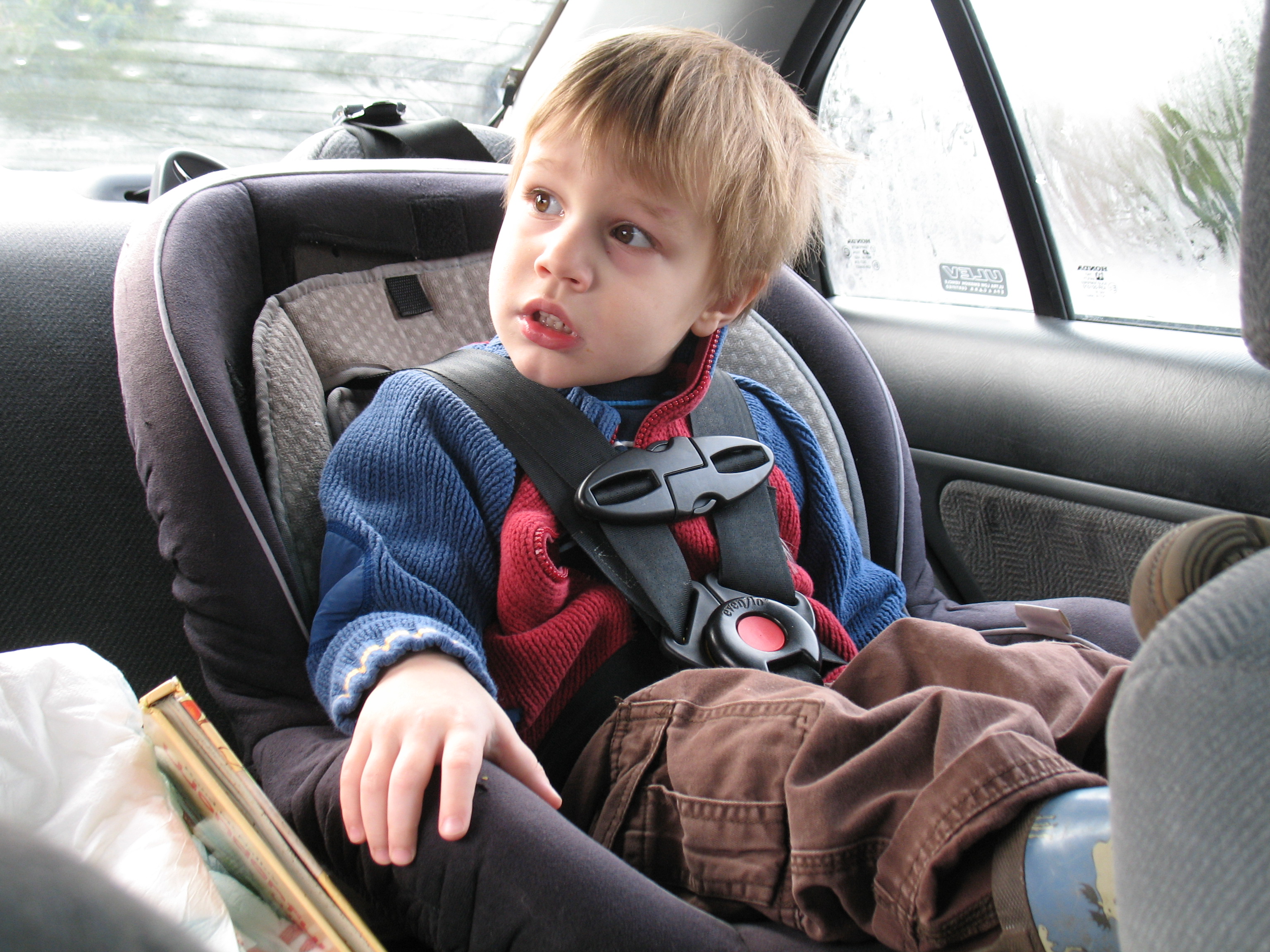The CDC reports that the risk of infant mortality is reduced by 71% during a car accident when the right car seat is used in the correct manner and that children under eight years old are twice as likely to survive a car accident when secured properly.
Since 2000, over 1,900 children have died every year in car accidents across the United States. Almost a third of these deaths were children under the age of four and about four out of ten of the children who died under the age of seven were not properly restrained. This comes from the ongoing confusion parents encounter when trying to choose the right car seat for their child and the lack of education offered regarding the topic. The following tips and information will help you significantly improve your child’s chance of surviving an accident.
Children Require Different Types of Car Seats as They Age
It is important not only that you choose a car seat that is compatible with your vehicle, but that is also compatible with your child’s age, weight and height. Following are the CDC guidelines for the stages of car seats and when a child should graduate to the next level.
Stage One — from a child’s birth to about two years of age, he or she should be secured in a rear facing car seat. This type of seat should be used until your child’s height and weight pass the limits of the seat, which should be listed in the owner’s manual. This is the only time period your child should ever be secured in a rear facing seat.
Stage Two — children between the age of two and five should ride buckled into a forward facing car seat. It is important that you do not place the car seat in the front passenger seat of the car, as this can result in severe injury when the airbag deploys during an accident. Make sure you are aware of the height and weight limitations of your seat so that you can replace it when your child surpasses these limits.
Stage Three — after about five years old, your child should be placed in a booster seat until he or she is able to use a seat belt. The amount of time it will take for your child to grow out of his or her booster seat will vary and you can tell it is time once you are able to secure a seat belt with the lap belt across the upper thighs and the shoulder belt across the chest.
Stage Four — once your child has outgrown his or her booster seat, it is important to make sure that he or she remains in the backseat until twelve years of age and that you make it a habit for everyone in the vehicle to use seatbelts. This includes short trips.
Children are more likely to wear their seatbelts when you wear your own, so make sure that you also secure yourself behind the wheel. This will not only provide a good example, but it will increase your chance of survival in a car accident.
Learn How to Safely Use Your Child’s Car Seat
Parents are normally keen on buying car seats for their children, but many catastrophes result from not knowing how to properly use the seats they have purchased. As there are so many different types of car seats available and three different stages of seats children need to progress through, it is easy for confusion to set in. If you are unsure about whether you are using the right seat or using it properly, you can have a professional inspect your vehicle and provide advice.

One way to do this is to locate a car seat inspection station during National Child Passenger Safety week every September, where you can receive this inspection free of charge. Parents who have recently changed car seats find this to be a valuable service. Another way is to arrange a meeting with a certified child passenger safety technician through the CDC. Just fill out this form to arrange a meeting.
The CDC reports that the risk of infant mortality is reduced by 71% during a car accident when the right car seat is used in the correct manner and that children under eight years old are twice as likely to survive a car accident when secured properly. Ensuring your child’s safety begins with education and developing the safe habits needed to secure you and your family while on the road.
This article written by Jonathan Rosenfled is lifted from Rosenfeld Injury Lawyers.


Join the conversation!